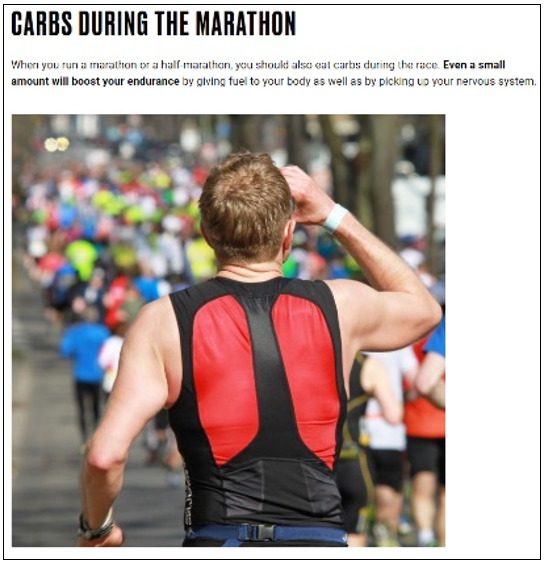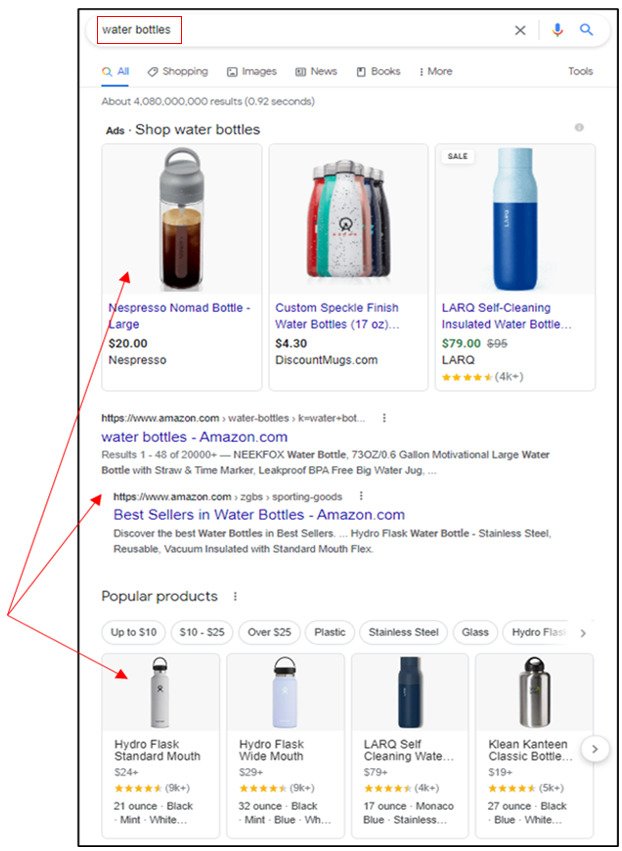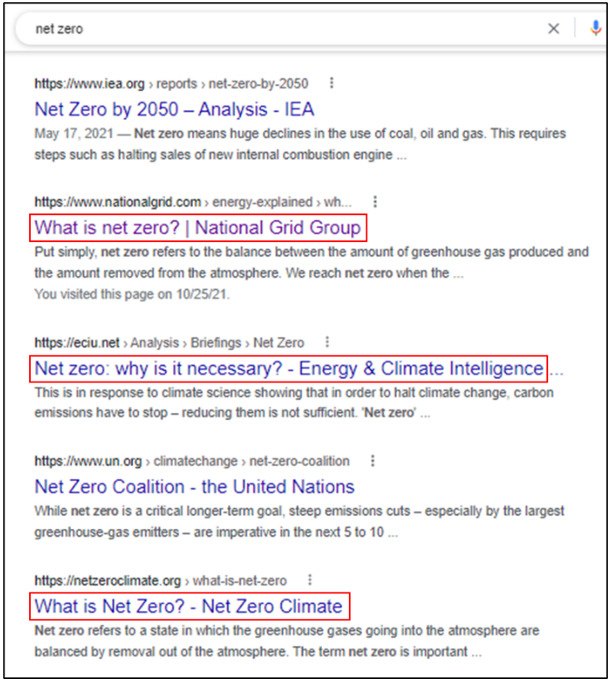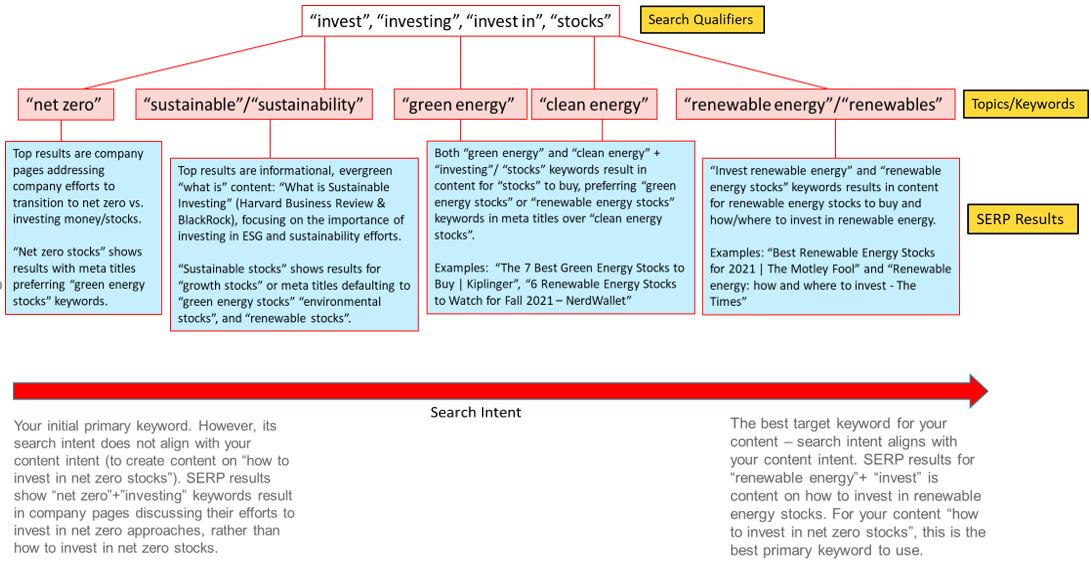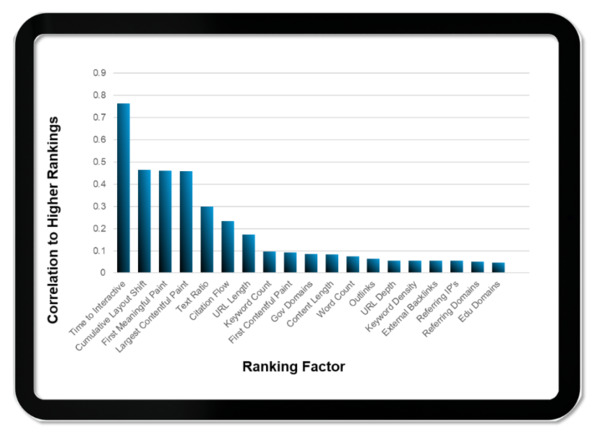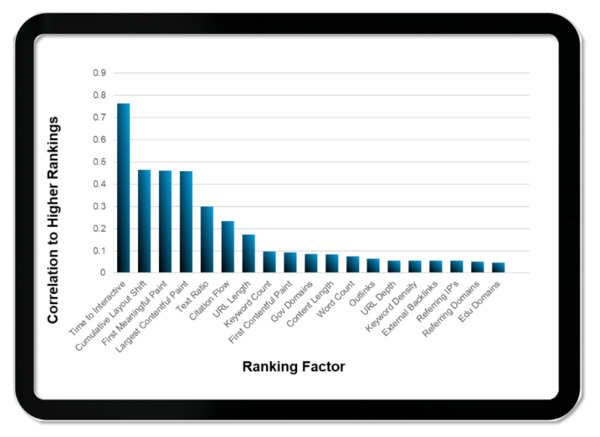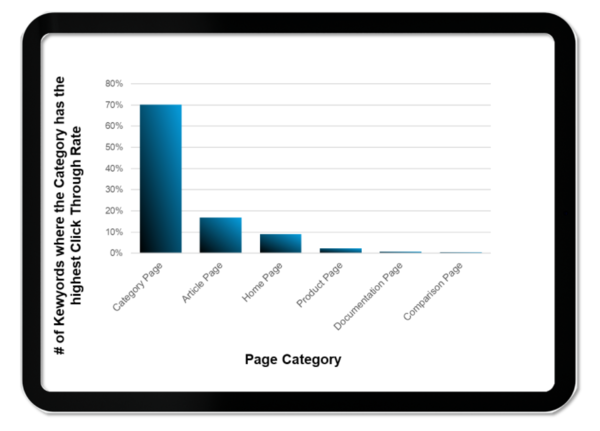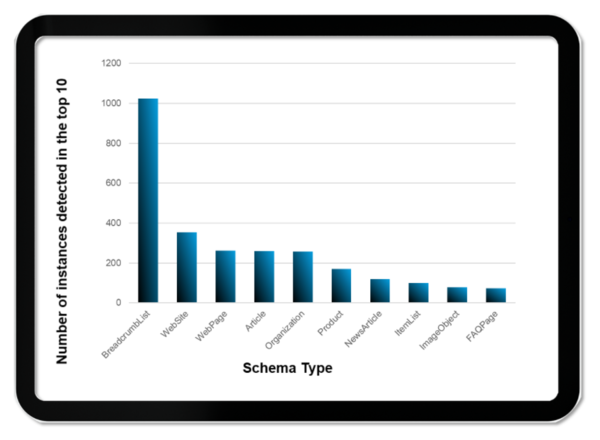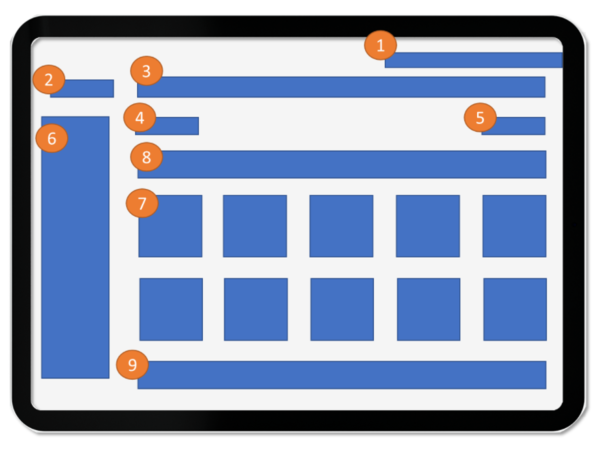
Despite the ever-changing nature of search engine algorithms, organic traffic remains one of the most stable and valuable sources of leads and customers for businesses. Research published by Milestone showed that search engines, through a mixture of generic and local results, accounted for 69% of all digital traffic from January 2020 to June 2021.
As you look towards 2022, it’s essential to recognize the need for a structured, research-based approach to SEO that accounts for a broad set of ranking factors. In this post, you’ll learn about five considerations that will be of central importance in the coming year.
Google’s market share sat at 87% in September 2021. As such, this article will focus on the acknowledged giant of the industry. That said, a well-rounded strategy will also impact rankings in secondary search engines like Bing, Yahoo, DuckDuckGo, Ecosia, etc.
Let’s dig in.
1. Expertise, Authority, and Trust (EAT)
The acronym “EAT” refers to a bundle of three ranking factors used to determine the quality of content on a site: expertise, authority, and trust. Included in Google’s Search Quality Rater Guidelines, EAT is also cited among the most significant ranking variables in the widely-respected SEO Periodic Table published by Search Engine Land.
Various experts have echoed this position. Google’s Public Search Liaison Danny Sullivan tweeted, “We…use a variety of signals as a proxy to tell if content seems to match E-A-T as humans would assess it.”
Here’s a brief overview of each factor:
- Expertise – Expertise refers to the accuracy, timeliness, and depth of content. Hiring established experts, regularly auditing your site, and including author bios are all examples of ways to boost expertise.
- Authority – Generally speaking, authority refers to the quality and quantity of citations to content, typically in the form of links and social media shares. The centrality of authority highlights the relevance of content promotion in 2022.
- Trust – Trust typically refers to the overall perception of your brand and website. Brand authority, past adherence to quality standards, and references from high-tier domains all likely come into play.
Google’s BERT (2019) and MUM (2021) updates reflect Google’s commitment to providing users with highly relevant content based on limited keyword information. Companies that focus on maximizing EAT factors will find themselves best placed to meet Google’s content quality criteria.
2. Desktop Page Experience (UX-Driven SEO) and Core Web Vitals
Google’s “page experience update” is one of the biggest algorithm changes of 2021 and is expected to have lasting ramifications well into and after 2022. Google announced that it would finish adding page experience ranking signals to desktop sites by February 2022.
Google describes the update in the following way: “Page experience is a set of signals that measure how users perceive the experience of interacting with a web page beyond its pure information value.”
In addition to several other factors, the update targets three aspects of user experience, collectively called “Core Web Vitals”: largest contentful paint, first input delay, and cumulative layout shift. Ensuring that these on-site elements are accounted for will mean that user experience is optimized beyond EAT-based ranking criteria.
3. Link Building and Citations
Link building is still a key ranking factor and one of Google’s oldest and most foundational ways of establishing a site’s reputation. The counterparts of links for local businesses are citations.
Link building is an essential part of any SEO strategy, and there are no signs that this will change going into 2022. Three factors are relevant when taking an active approach to link-building (which will typically take the form of outreach):
- Quality – Links from high-quality, trusted sites carry much greater weight than low-quality alternatives.
- Quantity – Generally speaking, the more links you can acquire, the better.
- Anchor text – You should aim to build a diverse and relevant anchor text profile.
For citations in business directories, which are a key ranking factor for local businesses, the same principles apply.
4. Spam, Cloaking, Stuffing, Low-Quality Links and Other “Toxins”
Google has renewed its efforts to discount sites that rely on “spammy” optimization strategies. November 2021 saw a spam-related update. And this has been preceded by several algorithm rollouts targeting low-quality content, like the June and July core updates.
Deceptive SEO tactics are referred to as “toxins” and constitute questionable practices that violate Google’s Webmaster Guidelines.
There are five strategies that you should take particular care to avoid:
- Cloaking – Showing content to search engines that is different from what users see.
- Keyword stuffing – Overloading your content with keywords.
- Link schemes – Link schemes involve paying for links on third-party sites. Invariably, these sites are of a low quality.
- Duplicate content – Don’t repost content that you do not have rights to. If you are using duplicate content, add the proper canonical tags.
- Ad-heavy site design – User experience is primary. Don’t overload your website with ads and promotional materials.
Given the expected significance of EAT factors in 2022, poor quality content should also be considered as something to avoid as a priority.
5. Voice Search
Google’s emphasis on voice search comes on the heels of increased user activity in regards to IoT (Internet of Things) devices. And while voice search hasn’t dominated in the way that many predicted several years ago, data from Adobe Analytics clearly shows that the use of voice-based interfaces is growing.
In September 2021, Google announced the release of its “latest research breakthrough,” which took the form of advanced voice technology LaMDA (Language Model for Dialogue Applications). LaMDA is notable because it signifies Google’s efforts to further streamline search results based on changing user habits.
Structuring content to include featured snippets, targeting long-tail keywords (especially local terms), and optimizing for mobile are all ways of catering to the increasing number of voice searches.
Conclusion
It’s easy to fall into the trap of thinking that nothing about SEO is constant. The reality, however, is that ranking factors change much more gradually than many businesses assume.
The fundamental criteria of user-focused site design, high-quality content, and citation-based trust have remained largely unaltered since the earliest days of Google’s presence on the web.
As you build your SEO strategy, it is important to keep this in mind. While specific technical priorities may change, properly laid groundwork that prioritizes customer experience above all else will ensure success over the long term – in 2022 and well beyond.



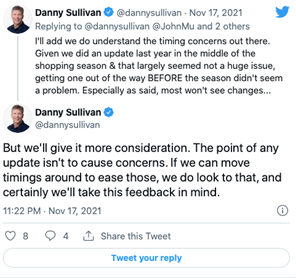



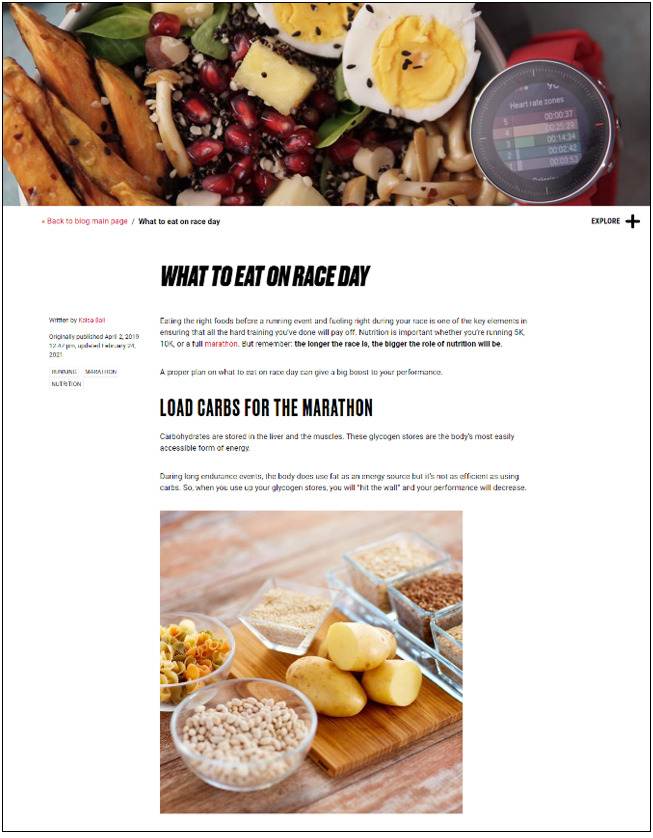 Search intent is the user or audience’s purpose of a specific online search. Keywords can carry different meanings (i.e., “race” as in “marathon race” vs. “ethnicity”), so search engines use search intent to understand and deliver results they think the audience is looking for. Again, search engines understand search intent because they address the context of a keyword, not just the definition itself.
Search intent is the user or audience’s purpose of a specific online search. Keywords can carry different meanings (i.e., “race” as in “marathon race” vs. “ethnicity”), so search engines use search intent to understand and deliver results they think the audience is looking for. Again, search engines understand search intent because they address the context of a keyword, not just the definition itself.
